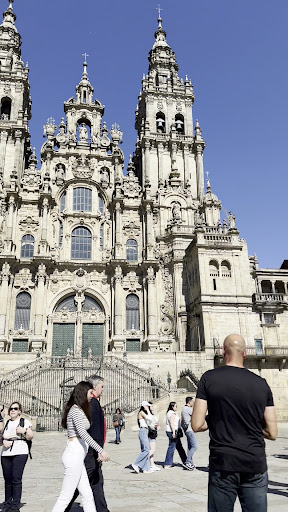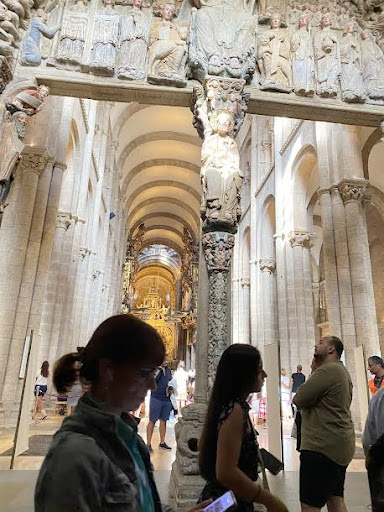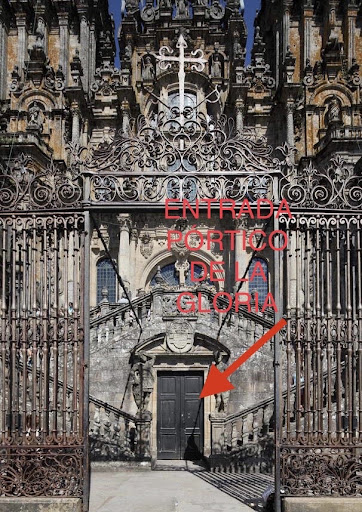Porch of the Glory things to do, attractions, restaurants, events info and trip planning

Basic Info
Porch of the Glory
Praza do Obradoiro, s/n, 15704 Santiago de Compostela, A Coruña, Spain
4.6(537)
Open 24 hours
Save
spot
spot
Ratings & Description
Info
The Portico of Glory of Santiago de Compostela Cathedral is a Romanesque portico and the cathedral's main gate created by Master Mateo and his workshop, on the orders of King Ferdinand II of León. The king donated to Mateo one hundred maravedís annually between 1168 and 1188.
Cultural
Scenic
Accessibility
attractions: Cathedral Museum, Obradoiro Square, Palace of Fonseca, Pilgrim's Reception Office, Pazo de Raxoi, Pazo de Xelmírez, Museum of Pilgrimage, Fountain of Horses, Praza de Cervantes, Museo da Maxia de Galicia, restaurants: Restaurante San Jaime, Bar Charra, Casa Marcelo, Los Caracoles Restaurante, Tapas Petiscos Do Cardeal, A Horta d'Obradoiro, Cre·Cotte, Restaurante La Piccola Italia scq Pizzeria, Restaurante María Castaña, Pedra. Restaurante en Santiago de Compostela
 Learn more insights from Wanderboat AI.
Learn more insights from Wanderboat AI.Phone
+34 981 55 29 85
Website
catedraldesantiago.es
Plan your stay

Pet-friendly Hotels in Santiago de Compostela
Find a cozy hotel nearby and make it a full experience.

Affordable Hotels in Santiago de Compostela
Find a cozy hotel nearby and make it a full experience.

The Coolest Hotels You Haven't Heard Of (Yet)
Find a cozy hotel nearby and make it a full experience.

Trending Stays Worth the Hype in Santiago de Compostela
Find a cozy hotel nearby and make it a full experience.
Reviews
Nearby attractions of Porch of the Glory
Cathedral Museum
Obradoiro Square
Palace of Fonseca
Pilgrim's Reception Office
Pazo de Raxoi
Pazo de Xelmírez
Museum of Pilgrimage
Fountain of Horses
Praza de Cervantes
Museo da Maxia de Galicia
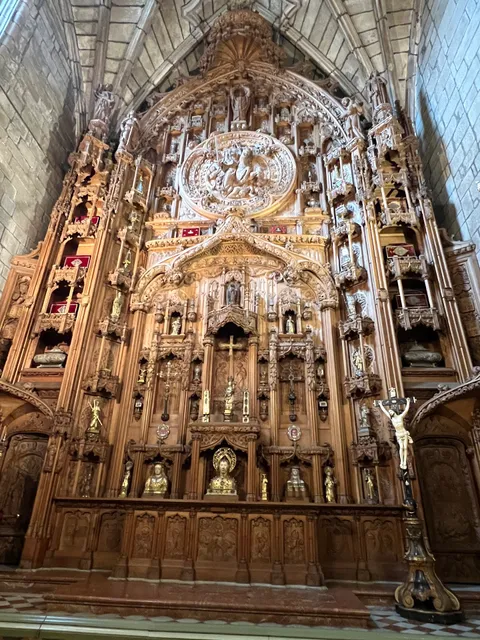
Cathedral Museum
4.3
(312)
Open 24 hours
Click for details
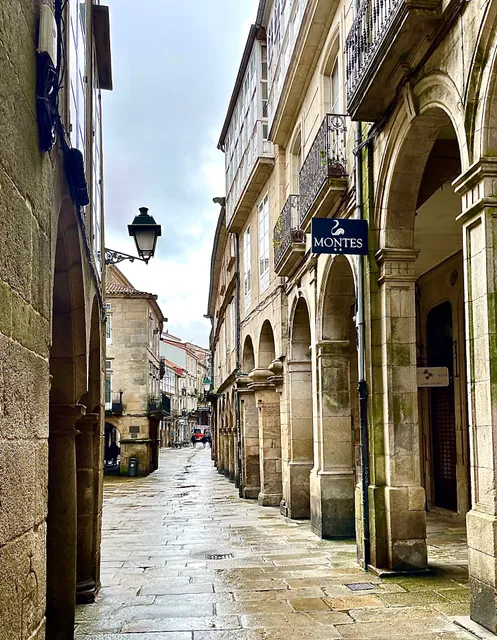
Obradoiro Square
4.9
(310)
Open until 12:00 AM
Click for details
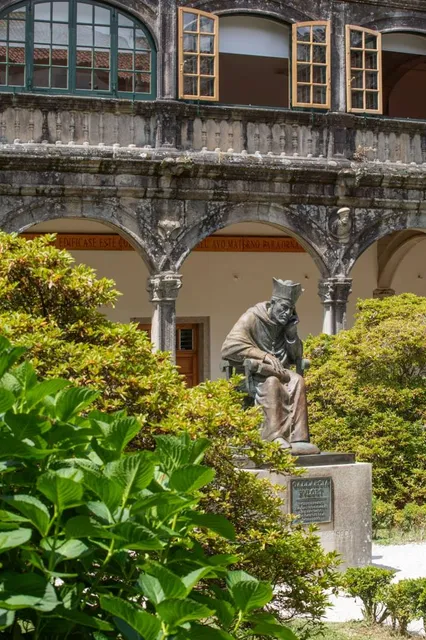
Palace of Fonseca
4.6
(289)
Open 24 hours
Click for details

Pilgrim's Reception Office
4.4
(1.2K)
Open 24 hours
Click for details
Things to do nearby
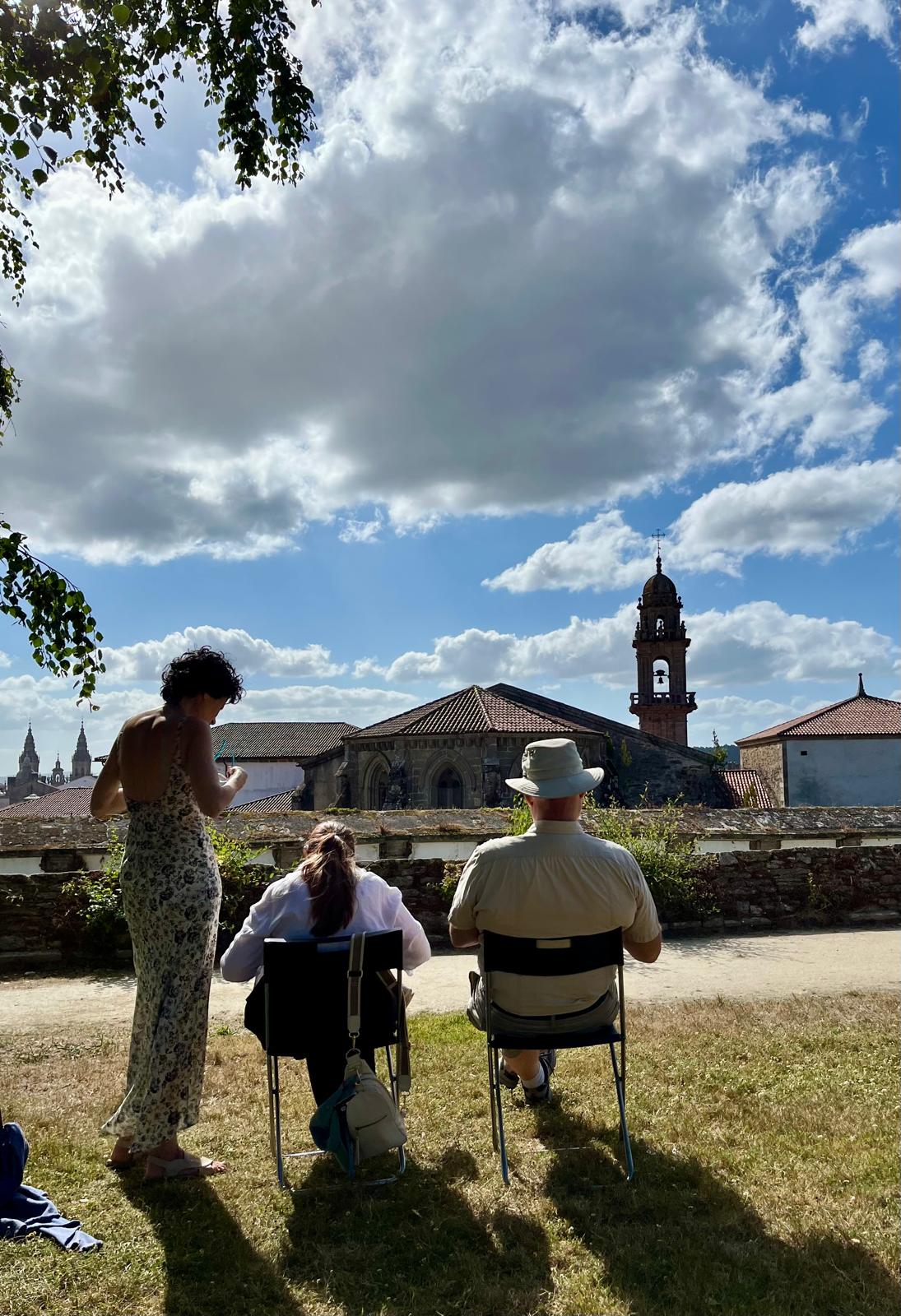
Sketch in the monumental area
Fri, Jan 2 • 10:00 AM
15704, Santiago de Compostela, ES, Spain
View details
Nearby restaurants of Porch of the Glory
Restaurante San Jaime
Bar Charra
Casa Marcelo
Los Caracoles Restaurante
Tapas Petiscos Do Cardeal
A Horta d'Obradoiro
Cre·Cotte
Restaurante La Piccola Italia scq Pizzeria
Restaurante María Castaña
Pedra. Restaurante en Santiago de Compostela
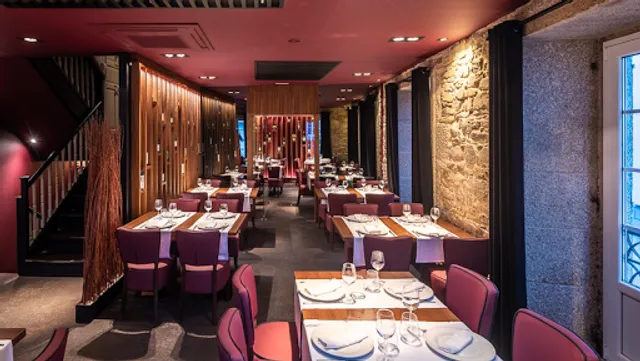
Restaurante San Jaime
4.4
(1.1K)
$$
Click for details

Bar Charra
3.6
(821)
Click for details
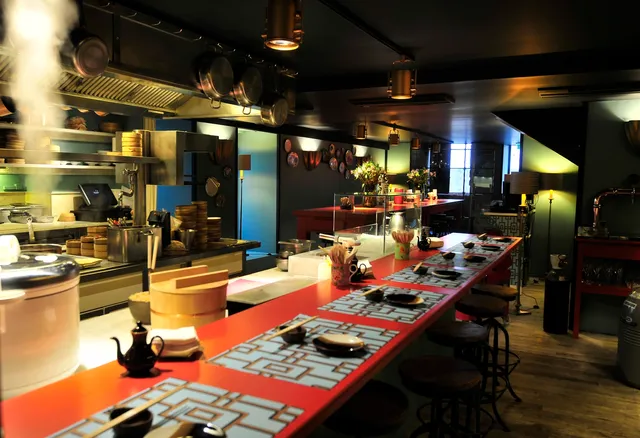
Casa Marcelo
4.7
(1.2K)
Click for details

Los Caracoles Restaurante
4.6
(876)
Click for details


